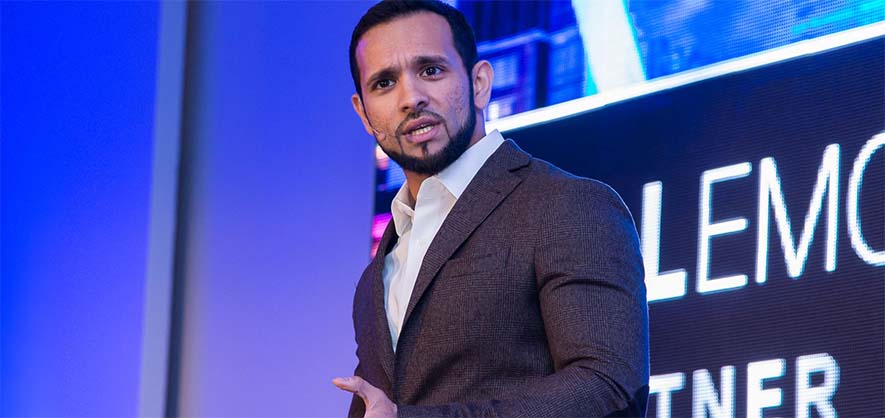Kathy Gibson is at Dell EMC Partner Summit in Cape Town – We’ve heard all the cloud buzzwords, and largely got our heads around software as a service (SaaS), infrastructure as a service (IaaS) and platform as a service (Paas). The concept of IT as a service (ITaaS) will pull them all together, and provide complete solutions that can change lives.
IT transformation – one of the pillars of digital transformation – is about giving users a choice of great services that meet their needs, says Shams Hasan, infrastructure manager: Middle East, Turkey and Africa (Meta) at Dell EMC.
“Do your customers’ IT departments have a rich offering of services in their catalogue; and can they deliver them quickly, agilely and with clarity?
“If they do, they have got the concept of ITaaS; but chances are they aren’t.”
Deploying ITaaS is important, and it needs to be done quickly, Hasan says. “Customers an experience almost a quarter of their budgets in savings with ITaaS,” he points out.
Organisations are shifting their IT priorities from build to consume, and it’s paying dividends.
Once they adopt an ITaaS model, customers find they can adapt more frequently (44%), recover faster, have a lower failure rate (96%), spend less time remediating security (50%); spend less time on unplanned work (21%), and are 2,2-times more likely to attract and retain top talent.
“This is all about business transformation,” Hasan says. “These numbers speak for themselves.”
Currently, though, implementing even the most basic elements in transformation is pivotal for customers. “They know where they need to go; they just don’t know how,” Hasan says.
Cloud is essential to ITaaS – and it’s not new. “But you’d be surprised at how much change there is in the thinking about cloud at the moment,” Hasan says. “Because cloud is not a destination; it’s a business model.
“Customers today are realising there needs to be a multi-cloud play.”
In fact, clouds are the new silos, Hasan says.
“Not every cloud is the same, and customers can’t have to leverage a different cloud for each workload.”
To begin the cloud journey, customers need to understand their workloads, through a process called application profiling.
“The right workload gives you the right cloud,” Hasan says. “Some customers will be interested in just PaaS for developer work, language support, containers service or backend service connectors.
Another customer might need IaaS for self-service portals, business operations management, automation or orchestration.
Other customers might need an API-driven environment for compute, network or storage.
“Dell has solutions for each of these,” Hasan points out. “What we need to understand is the value the customer is seeking: are they looking to build a platform, or to consume services?”
Customers generally need both, he adds, and will look to partner with technology providers that can assist on both fronts.
The next step is to adopt an actionable strategy that embraces applications, the multi-cloud architecture and the operating environment.
Dell EMC is well-positioned to help customers and partners
It suggests that customers embrace a cloud first operating model where they can quickly implement ideas, lower complexity and risk, and create transparent and efficient systems.
The second step is to control their own destiny by keeping options open with the right workload and cloud, and choosing the right implementation model.
Adopting an actionable strategy that has multi-cloud at the core, an application model and operational alignment will be the third step on the ITaaS journey.
Importantly, Dell EMC has a non-biased approach to cloud and helps customers to avoid cloud lock-in from any cloud service providers, says Hasan. The company offers multi-cloud options, robust set of services, strong integration and both cloud-native and portable applications.


